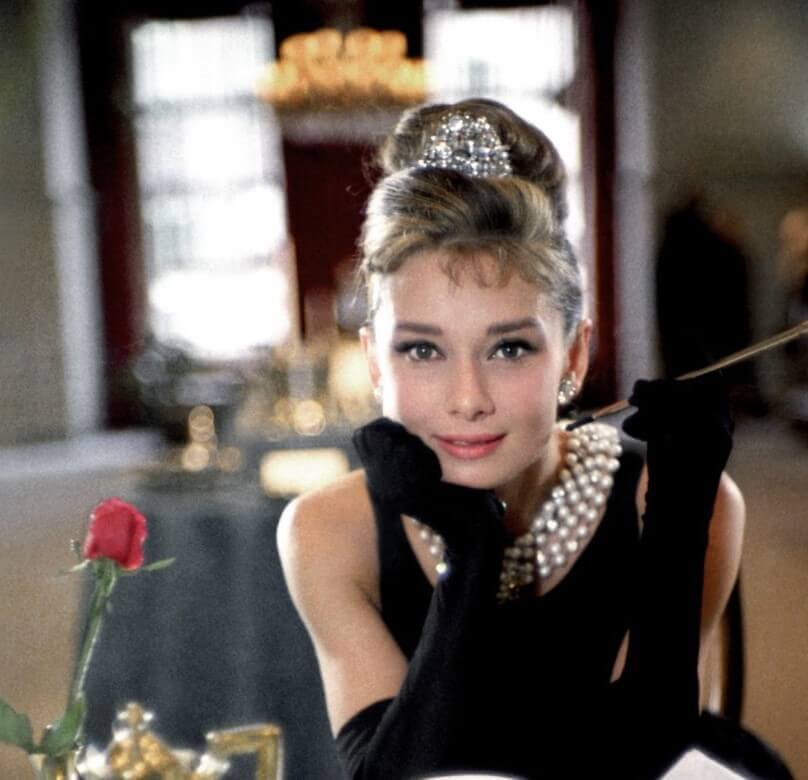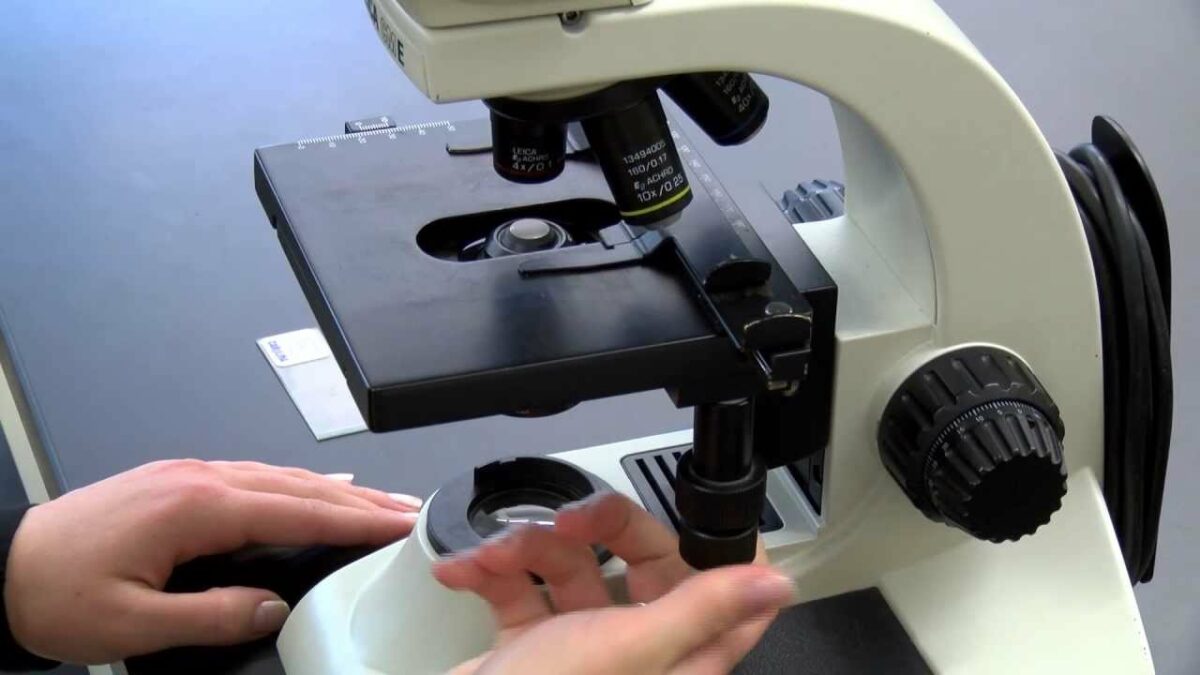Introduction:
In the glamorous world of 1960s cinema, few stars shone as brightly or left as indelible a mark as Brigitte Bardot. With her smoldering beauty, magnetic charisma, and uninhibited sensuality, Bardot captivated audiences around the world and became an enduring symbol of sex appeal and liberation. Throughout the decade, she pushed boundaries, challenged conventions, and redefined the role of women in film, solidifying her status as the quintessential French bombshell. In this extensive exploration, we delve into the life, career, and enduring legacy of Brigitte Bardot, the iconic sex symbol of the 60s.
Early Life and Career Beginnings:
Brigitte Bardot was born on September 28, 1934, in Paris, France, to affluent parents. From a young age, she exhibited a natural talent for performance and a striking beauty that would later propel her to stardom. Bardot began her career as a model, gracing the covers of magazines and catching the eye of filmmakers with her ethereal beauty and alluring presence.
Bardot’s breakthrough came in 1956 with her role in Roger Vadim’s controversial film “And God Created Woman.” As Juliette, a free-spirited and sexually liberated young woman, Bardot captivated audiences with her uninhibited sensuality and raw vulnerability. The film catapulted Bardot to international fame and established her as a symbol of sexual freedom and female empowerment.
Rise to International Stardom:
Throughout the 1960s, Brigitte Bardot reigned as the undisputed queen of European cinema, captivating audiences with her captivating performances, sultry beauty, and undeniable charisma. With her tousled blonde hair, smoky eyes, and pouty lips, Bardot embodied the epitome of sex appeal and became a global icon of beauty and glamour.
Bardot’s collaboration with director Jean-Luc Godard in films such as “Contempt” (1963) and “Masculin Féminin” (1966) further solidified her reputation as a cinematic luminary and muse of the French New Wave. Her magnetic screen presence and naturalistic acting style captivated audiences and critics alike, earning her accolades and admiration from around the world.
Beyond her achievements on screen, Brigitte Bardot’s personal life and outspoken activism also garnered attention and controversy. A vocal advocate for animal rights and environmental conservation, Bardot used her platform to raise awareness about issues close to her heart and to champion causes she believed in.
Later Years and Legacy:
As the 1960s drew to a close, Brigitte Bardot began to retreat from the spotlight, preferring to focus on her personal life and her growing menagerie of animals. Despite her early retirement from acting, Bardot’s influence and legacy endure to this day, inspiring generations of performers, artists, and activists around the world.
In conclusion, Brigitte Bardot’s impact on the world of cinema and popular culture is undeniable. With her unparalleled beauty, magnetic charisma, and fearless approach to her craft, she transcended the confines of her time and left an indelible mark on the history of film. As we celebrate her life and legacy, we honor Brigitte Bardot as the quintessential French bombshell of the 60s, a true icon of beauty, glamour, and liberation whose influence continues to resonate with audiences around the world.









